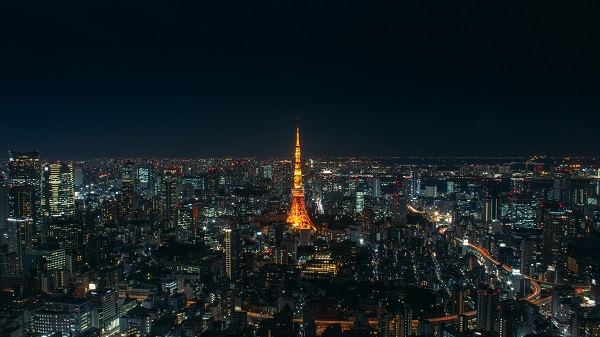
Depending on which source you consult, Tokyo, a city of 14 million, boasts distinction as the safest city in the world. Provided that I use common sense and remain aware as I would do anywhere, I am free to enjoy myself with little fear of being mugged or accosted as the likelihood of encountering such a problem is slim. Returning home shortly before midnight after a four-hour opera, I had no concern for my safety anywhere in the subway stations or on the street.
On another late evening occasion half a dozen men had paused to converse around the vending machines adjacent to the parking lot near my apartment. As I approached them I thought about the fact that faced with the same scenario anywhere else I would most likely feel very uneasy, turn around and approach my apartment building from a different direction.
For example, I often felt quite vulnerable in broad daylight when parking in one of Vancouver’s open lots. Frequently street-people hoping for a tip hovered near the ticket dispensing machines with offers to help, invaded my personal space and stood much too close to my credit card.
Even so, as is the case in cities anywhere, in spite of its record for safety, residents, travelers and women most especially need to take sensible precautions. Women who are interested in the night-life scene will need to consider safety measures that I don’t, a point well-covered in a recent Savvy Tokyo article.
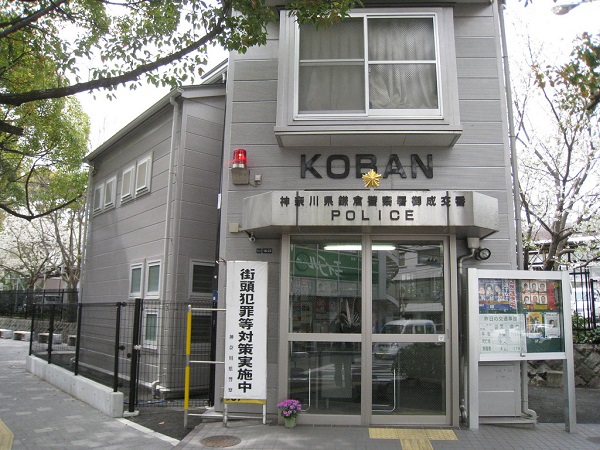
There are important basics. First, stay sober. Choose accommodations wisely. Ground floor apartments are not a good idea, nor are disclosures about where you live or the location of your hotel. If you think you are being followed, walk to the nearest koban (police box). Of course, freelance English teachers need to meet their clients in public spaces. Always. Even in safe Japan, horrific crimes can and do happen.
In addition, Tokyo has its entertainment and dodgy districts where I wouldn’t venture. However, sometimes people looking for the least expensive lodgings end up in these areas unwittingly. For men this can be somewhat less problematic, but other choices exist. Though I’ve never used them as I opted for a membership in Toyoko Inn a nation-wide business hotel chain, women only floors are an option in many hotels.
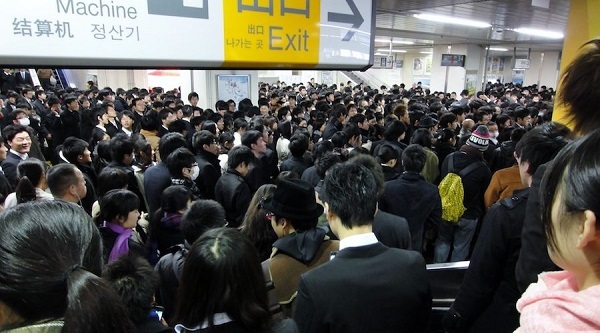
Since I do not commute to work during the times I live in Tokyo, I rarely have the need to use crammed trains during Tokyo’s infamous rush hours.

Therefore, I have not sought out the cars designated for women only. But they, like hotel floors, exist for a reason. With people squished so tightly inside that it’s possible to sleep standing up, groping and grinding are problematic on trains. Sometimes the opposite occurs. A woman may be the sole occupant of a car and a man might sit right next to her. If that happens, move. Immediately. Get off at the next station, find a station washroom, wait there a few minutes and catch the next train to come along.
Although it’s more commonly directed at fashionable young women who are fond of ultra-short skirts, travelers should also be aware that up-skirt photography occurs on trains as well as escalators. In addition, I wouldn’t choose to travel after 11 PM on the last trains of the day with workers who, if they haven’t collapsed on the platform, vomit or pass out in the cars.
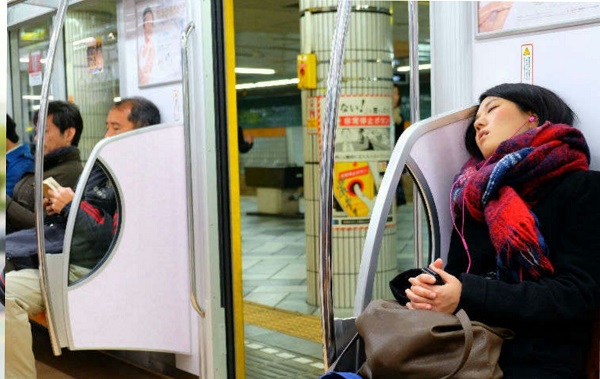
Even so, because the locals view Japan as safe, it’s not uncommon to see locals asleep on trains quite unaware of how vulnerable they are.
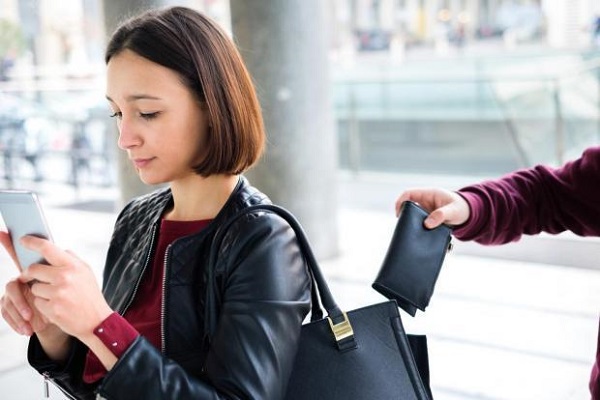
Another precaution is also wise. In 2017, I first noticed warnings posted in washrooms of some Tokyo department stores advising patrons to remain alert as pickpockets had been reported in the area. No matter how on trend, open style tote bags are not good idea. The distraction of smart phones leaves people vulnerable as well. Vigilance is key.
However, for the most part, in Tokyo patrons who leave their computers on café tables and walk away to use the washroom will find them still there on their return. Likewise, should people inadvertently leave a camera, bag or other item behind on train station platform it’s unlikely that anyone will touch it. When in a panic they return to the platform, they’ll likely find it where they left it. At day’s end station staff will safeguard any items left inside cars in the Lost and Found where they can be claimed. Few major cities worldwide can boast that distinction.

In hotels, suitcases belonging to people who have checked out often sit under a net in the lobby with no security beyond the attendant at the reception desk. It’s also not uncommon to see lines of bags left unattended on a railway station platform for long periods of time. Of course, many train stations also have coin lockers and larger ones offer concierge storage service; however, the honor system common throughout Japan allows large groups of travelers to leave their goods on the platform at no risk and no cost. Remarkably, on their return they will find everything as they left it.
To those not familiar with the rules of the road, in Japan the numerous bicycles on sidewalks can also pose a hazard should people wander mindlessly distracted by mobile phones or the numerous beguiling things there are to see. However, statistically, compared to other cities, Tokyo’s accident and fatality numbers for pedestrians are low. (I dealt with that subject some years ago should you wish to check out that post.)
For all of Japan’s purported orderliness and general adherence to rules, I also noted a number of occasions when drivers screamed through turns against the red light, threading the needle between pedestrians who had already entered the crosswalk. As I’m never in a mad rush to an appointment or to end up in a body bag, I happily stand back a few seconds before crossing a street.
Of course, any time we venture beyond our familiar environs; it makes sense to be hyper vigilant. That said, complacency about personal safety is dangerous anywhere.
In fact, it’s equally important to be especially mindful in the place we call home. According to statistics, a significant percentage of injuries and deaths are the direct result of incidents at home or work. Though we often fail to consciously consider it, we remain at risk where we think we are safest.
*
Available credits for photos not my own:
Photo credit Tokyo Tower By Kakidai; Women Only Carriage, www.sogival.com; Station Platform, Wikimedia
